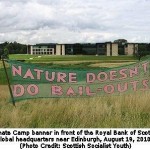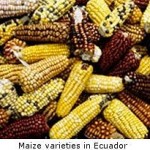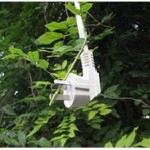The Leather Working Group (LWG) has been working closely with Greenpeace and other NGOs in support of their campaign to eliminate deforestation in Brazil caused by cattle ranching. The LWG recognizes the importance of leather as a co-product of the meat industry and, as a consequence, has now included a section on hide traceability within its latest environmental stewardship document due to be launched later this year.
As many of the brands within the LWG, the Adidas-Group, Clarks International Ltd., New Balance Athletic Shoe Inc., Nike Inc., Puma, The Timberland Company, work with suppliers (i.e., leather tanneries) that are assessed using the LWG environmental stewardship protocol, this will ultimately ensure that the origin of the materials within their supply chain is known and traceable back to the meat packing plant where the hides originated. A number of the LWG member brands have shown early and active support of Greenpeace’s “Commit or Cancel” policy, which states that purchasing contracts will be cancelled if suppliers of leather products cannot meet the stated sourcing requirements.
To ensure that the Leather Working Group traceability system is effective beyond the meat packing plant, it is essential that the major packers JBS S.A., Marfrig Alimentos S.A., and Minerva S.A. obtain confirmation that all direct suppliers have registered their farms using geographically-referenced polygons by the extended deadline of November 13, 2010. By July 5, 2010, as an interim step, the meat packing companies must obtain confirmation that all direct suppliers have registered their farms using at least one geographically-referenced point. The LWG brands urge immediate and positive action to get this task done as an urgent priority.
Acknowledging the important role of the Brazilian government in protecting the Amazon rainforest, members of the LWG encourage governmental and local authorities in Brazil to continue in their efforts to provide clear legal guidance and an effective enforcement process.
Notes:
The objective of the Leather Working Group, a multi-stakeholder group, is to develop and maintain a protocol that assesses the compliance and environmental stewardship performance of tanners and promotes sustainable and appropriate environmental business practices within the footwear leather industry.
The group seeks to improve the tanning industry by creating alignment on environmental priorities, bringing visibility to best practices and providing suggested guidelines for continual improvement.
It is the group’s objective to work transparently, involving suppliers, brands, retailers, leading technical experts within the leather industry, NGOs, academic institutions and other stakeholder organizations.
Source: BLC Leather Technology Center, April 27, 2010














